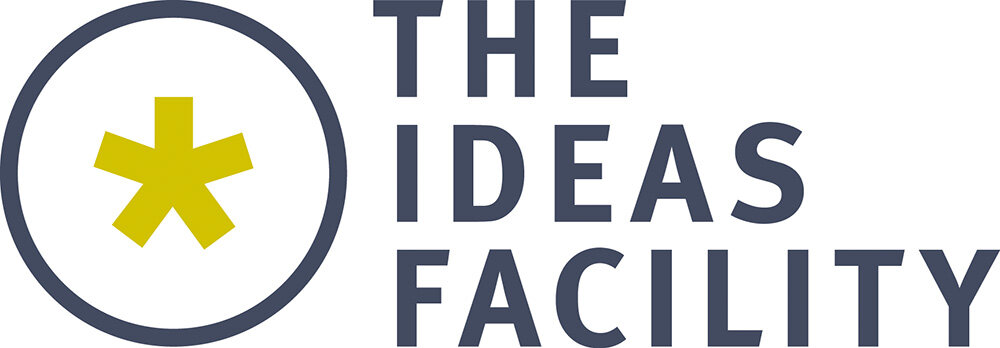Design-thinking post COVID 19 – looking through the strategic lens
The way we view ourselves, the world around us, our relationships with the brands we buy from and indeed, our employers – will change fundamentally.
With reference to the Stanford D.School Design Thinking Process (above), the world post COVID 19, offers the opportunity to consider ‘Empathy’ through a new lens, and with a challenge to old perspectives and paradigms.
The world post COVID 19 will be a different place for all of us.
The way we view ourselves, the world around us, our relationships with the brands we buy from and indeed, our employers – will change fundamentally.
With reference to the Stanford D.School Design Thinking Process (above), the world post COVID 19, offers the opportunity to consider ‘Empathy’ through a new lens, and with a challenge to old perspectives and paradigms.
The ‘Empathise’ stage of the process, invites design thinkers to ‘seek and understand’. From a methodology point of view, perhaps nothing has changed.
For organisations, from a standpoint of strategy development, the post COVID 19 world creates opportunities to rethink and shape their strategies for business development, product propositions and innovation. Considering ‘Empathy’, may present the framework to redefine strategic directions. By working with their own staff teams, clients, customers and users, organisations who look towards new horizons by reflecting on the previous months, may find the people they engage with, have a new outlook based on a new found empathy, forged by the virus-led situation, that will help them ‘Define’ new approaches and solutions that were unconceivable say six months ago.
However, using the ‘Empathise’ stage applies not only to strategy development, but all the usual suspects of business rationalisation, such as financial control, systems improvement, efficiencies across projects, managing risk, and so on. The post COVID 19 world, will need Purpose at the centre of strategic thinking, so that change is led with an empathetic ‘people’ bias, to ensure all business processes and functions are aligned, and that teams are motivated and engaged. This will lead to ‘Ideation,’ where teams are willing to share and ultimately, develop and test ideas.
What can organisations take away
We believe leadership teams, will be contending with these functional issues. Organisations will become more ingenious because they have to. Allowing teams to engage with the design thinking process led by Purpose, will enable organisations to be better positioned for the challenges ahead.
Interested in developing a Design Thinking led approach?
Let’s start that conversation.
Contact: glenn@theideasfacility.com
Visit our website to see what our clients say about how us.

